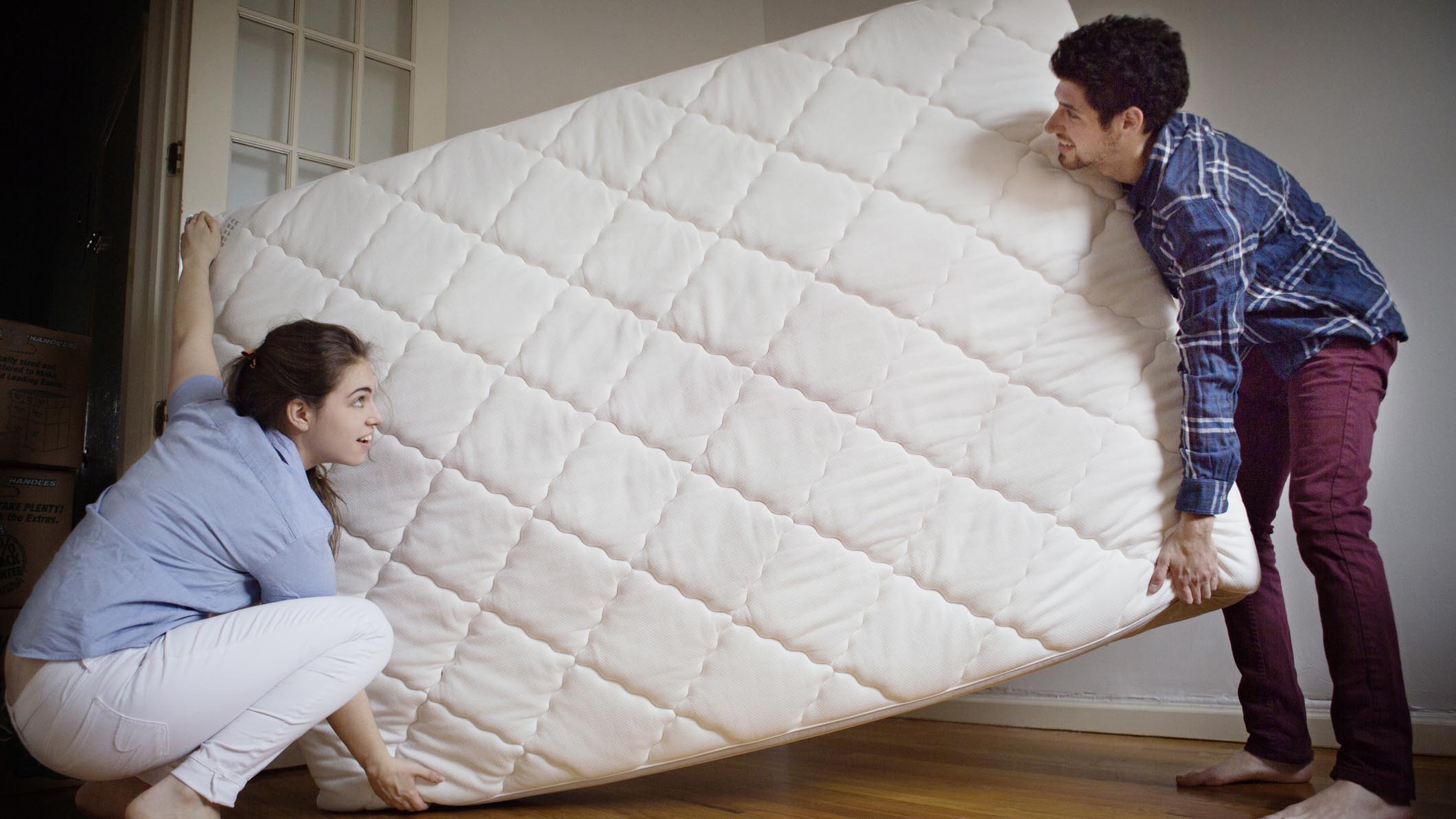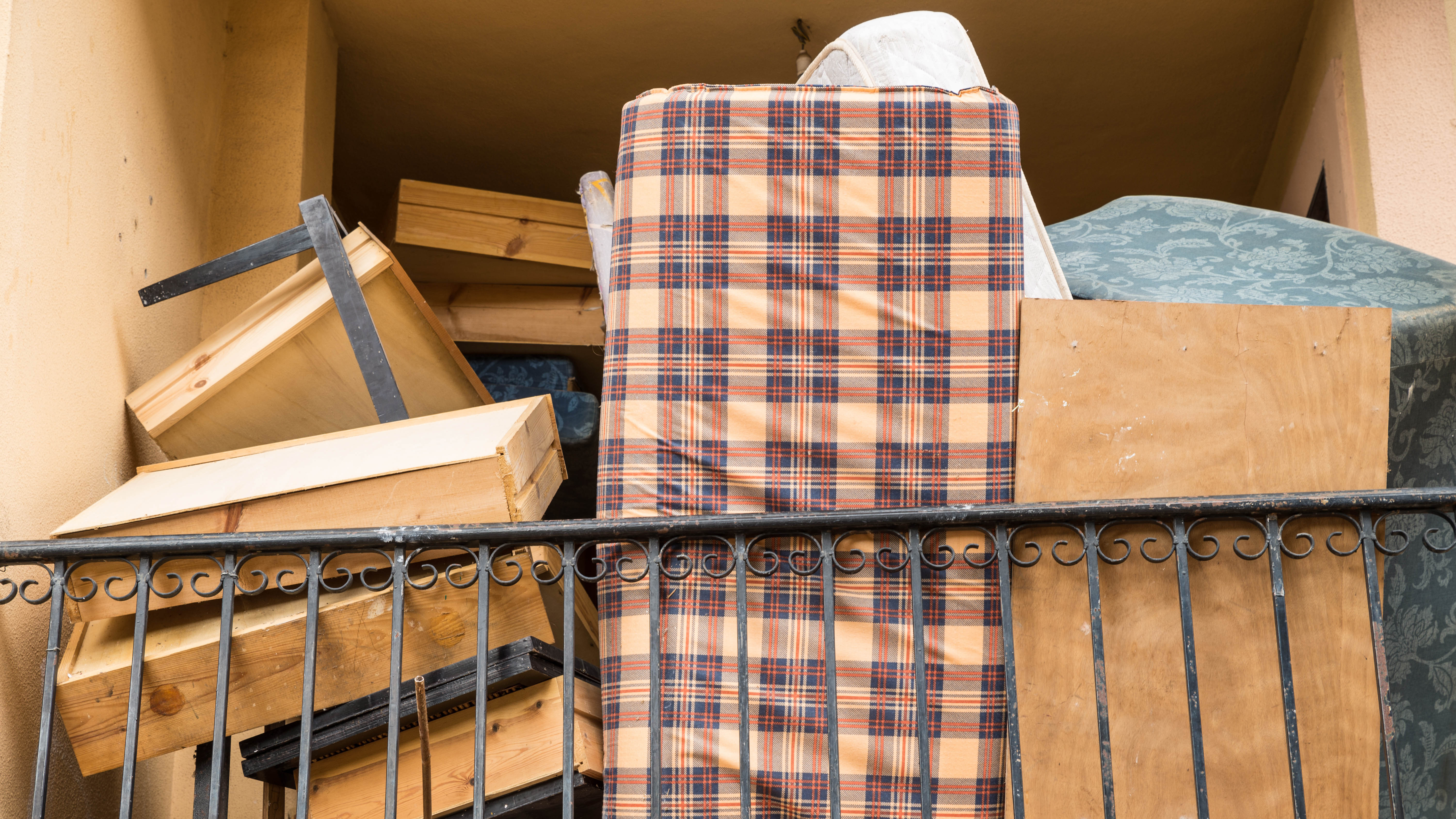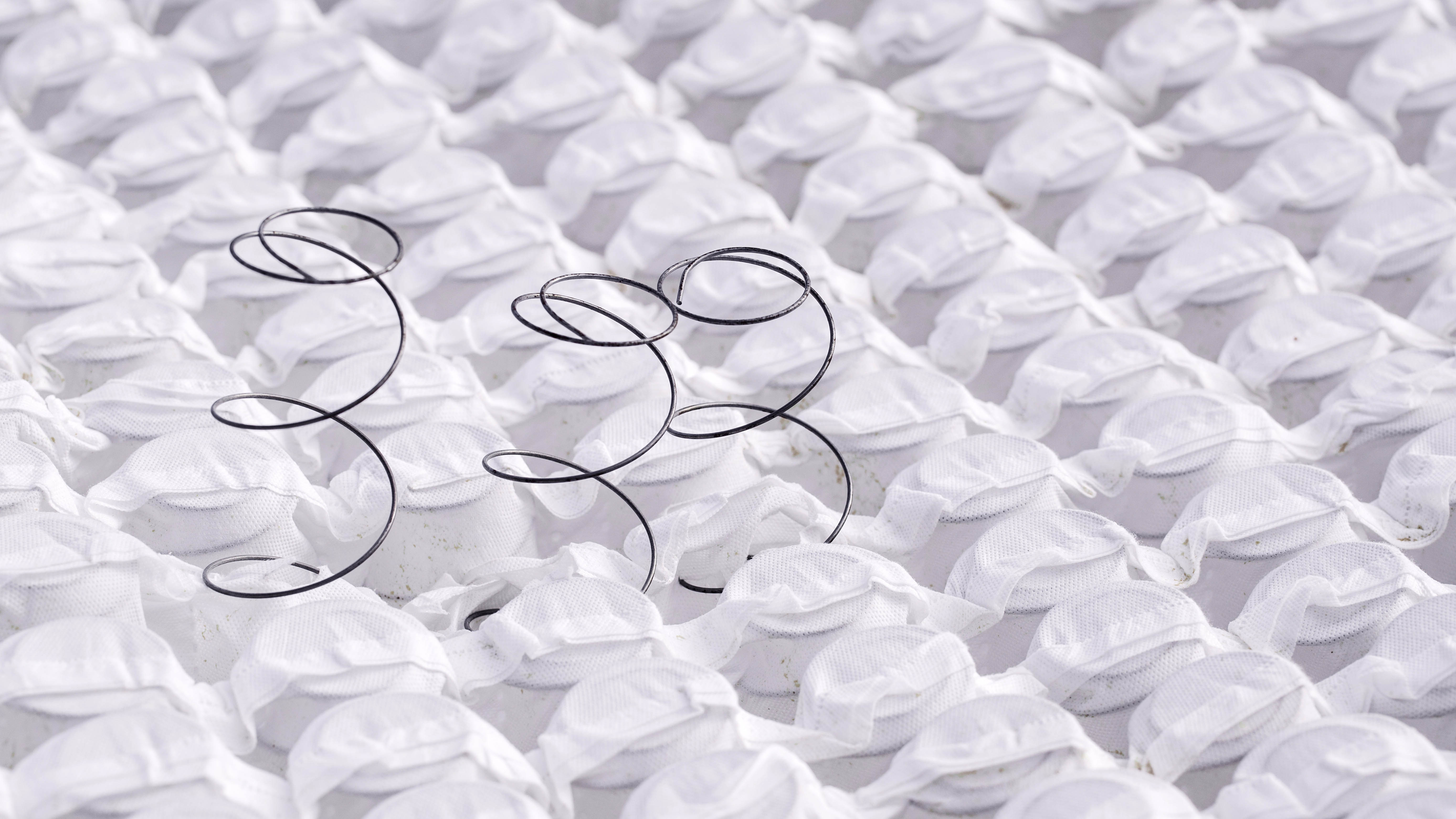7 mattress care mistakes you’re making right now

The importance of your mattress can’t be stressed enough. We spend a third of our lives on our mattresses, relying on it each night for a deep and restful sleep, so we can wake up feeling refreshed in the morning. Considering their essential function, then, it’s quite surprising how often mattresses go neglected. They’re often covered in a bedsheet, and then forgotten about until the performance starts to falter.
In reality, you must take proper care of even the best mattresses. This will not only help your mattress last longer, but it can improve your overall experience, potentially reducing allergens as well as unhygienic stains.
Keen to learn more? Here are 7 mattress care mistakes everyone makes, and what you should do instead.
1. Not cleaning it

This first mistake is a big one. When was the last time you can honestly say you cleaned your mattress?
Mattresses require cleaning as much as anything else around the home. In fact, you can argue that cleaning is even more essential, because every night we spend here, we secrete sweat, oils and grime, all of which accumulate in our bedding and mattress. Over time, this can attract dust mites and trigger allergies, not to mention it can result in gross, smelly yellow stains as well.
So take some time out of your cleaning routine to give your mattress some TLC. This can be as simple as vacuuming the top and sides of your mattress with one of the best vacuum cleaners using the upholstery attachment. This will remove any immediate dust from the surface, and dust mites within as well.
If you’re dealing with a smelly mattress, you could also sprinkle some baking soda on top to help deodorize it — just remember to vacuum the baking soda up afterward.
Get instant access to breaking news, the hottest reviews, great deals and helpful tips.
That’s all that’s required for everyday cleaning. If you’re dealing with a substantial stain, check out our full guide on how to clean a mattress. We recommend cleaning your mattress every 6 months.
2. Forgetting to rotate it

We spend so much time on our mattress, that it’s only natural for wear and tear to eventually show. With the weight of our bodies focused in a similar position every night, the support can deter, resulting in an indent which you might feel yourself sink into.
Of course, this problem can be avoided, or at least reduced, by rotating your mattress on occasion. We recommend doing so every three to six months, although different brands may recommend different timescales, so you should refer to their specific guidance first.
Some traditional mattresses can be flipped as well, so long as the construction is identical on both sides. If this is possible, flip every six months, potentially rotating at the same time.
Having said that, before you take action, make sure your mattress is suitable for flipping or rotating. Some are designed with a layered construction, meaning you could be sleeping on something you shouldn’t if you flip it, potentially damaging the predominant side in the process. Likewise, some mattresses can’t be rotated, because the construction varies depending on where your body would lie. In either of these cases, just leave your mattress to do its job.
Where rotating and flipping is possible, take the time to do it. The mattress surface will receive more even wear as a consequence, helping it last longer. For more information, see our guide on how often should you rotate or flip your mattress?
3. Not using a mattress protector

As touched upon earlier, all kinds of germs and bacteria can accumulate in your mattress with everyday use. On top of that, accidents do happen, and a spill or stain can easily make its way through. In either case, you’re left with stubborn stains which are all too tricky to remove. The good news is that you can use one of the best mattress protectors to prevent such marks.
There are all kinds of mattress protectors available to suit different circumstances. A classic waterproof design will keep fluids from reaching your mattress, and a hypoallergenic finish will prevent dust and pet dander from accumulating — ideal if you suffer from allergies. Some designs even offer temperature regulating capabilities, cooling you down in the night if you often overheat.
Whichever you choose, just make sure you take the time to clean your mattress protector when necessary. This will be covered in the same germs and spills that your mattress would otherwise face, but at least it’s much easier to clean via the washing machine. A less exposed mattress is likely to last longer, so there’s little to argue against mattress protectors.
4. Not letting your mattress air

If you’re in the habit of making your bed every morning, make sure you're doing it right. Pulling the comforter up to the pillows and tucking it neatly around the sides is actually a bad idea. This is because your bed needs time to vent after you’ve slept in it. As we sweat each night, this moisture is naturally passed on to the bedding. By not pulling the bedding back and allowing the bed to "breathe," you’re effectively trapping that moisture, which encourages mold, mildew and smelly sheets.
To avoid this, all you need to do is pull the sheets back every morning for at least a couple of hours. It’s good practice to open up a window where possible as well to allow the room to vent the moisture. Once time is up, you can make your bed as you like again.
5. Not washing the bedding often enough

Most of us don’t take the time to wash our bedding as often as we should, and this too can impact the hygiene of the mattress. It’s imperative to wash your bedding regularly; otherwise, bacteria, grime and dust mites can build up, ultimately affecting the smell and overall performance of the sheets. This can trigger allergic reactions, and can impact the quality of your sleep as well, so you need to keep on top of this chore.
Even if you take the time to clean your mattress, you need to clean your bedding as well, otherwise the prior effort is counterproductive. Any germs can easily spread from one to the other. Remember that washing your bedding includes washing the actual pillows and comforter in addition to the sheets as well.
It sounds overly frequent, but you should change your sheets once a week for guidance. Your pillows and comforter, on the other hand, should be washed every four months. This will help keep your bedding refreshed and germ-free. If you’ve found your sheets have grayed, see how to make white sheets brighter in 3 simple ways.
6. Storing it incorrectly

There's no doubt storing a mattress is awkward. They’re bulky, heavy and often inflexible. But, if you need to do this, you must do so correctly. An exposed mattress can be susceptible to mold and mildew, particularly if it’s stored in a damp environment. Plus, it can pick up all kinds of bugs and bacteria if not properly cleaned and protected prior to storage.
Deep clean your mattress before storing it and then seal it away in a protective case, such as the MattSafe Mattress Bags ($39.95, Amazon). Make sure it is stored in a dry and constant environment, with a regular temperature. It’s not ideal, but a mattress should be stored flat, and if applicable, the right way up, just as it would sit on a bed frame. Don’t leave anything sitting on top either, as this could wear down the support and leave an indent.
7. Ignoring damage and wear and tear

If your mattress has seen better days, don’t ignore it. Whether it’s started to indent, or you’re feeling discomfort in the night, there’s no point in continuing to use it if it’s not serving its purpose.
Of course, you could learn how to fix a saggy mattress, but if that doesn’t work, opt for a new one instead. If you want to find the best option to suit your sleeping style, check out our best mattress guide. We’ve tested all kinds of mattress to find those that provide the best balance of support and comfort.
Have you ever wondered what happens to your body when you sleep on your side? If so, you might need one of the best mattress for side sleepers or perhaps check out one of the best memory foam mattress for comfort.
Or do you have trouble sleeping? Try these 5 tips for helping you sleep better, or check out these 5 plants that could help you sleep better.

Katie Mortram used to be a Homes Editor for Tom's Guide, where she oversaw everything from kitchen appliances to gardening tools, as well as smart home tech. Specializing in providing expert advice for cleaning and home manintenance, she now works as Household Advice Editor for Good Housekeeping.
